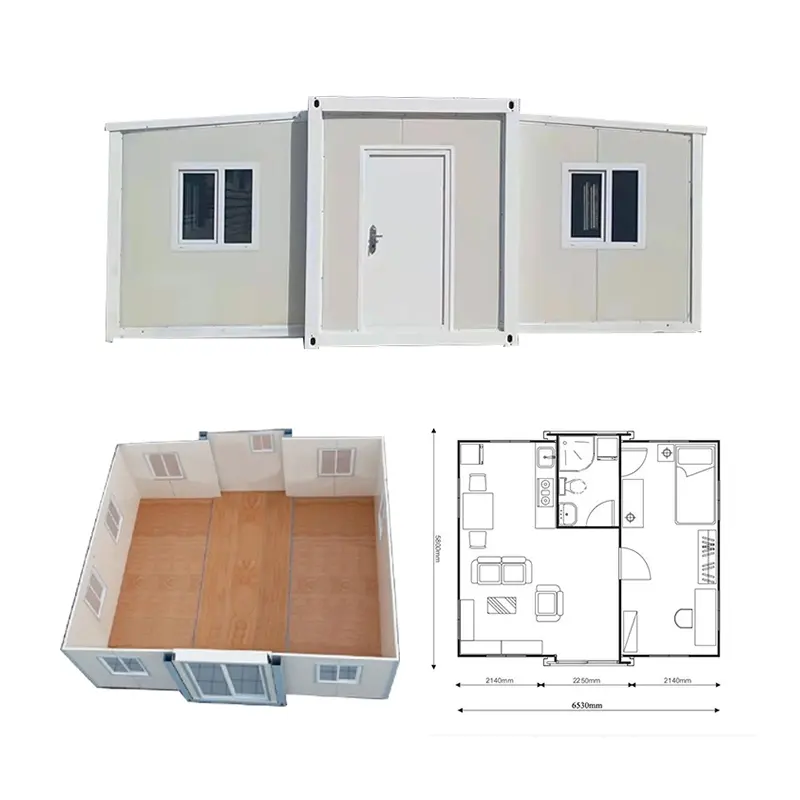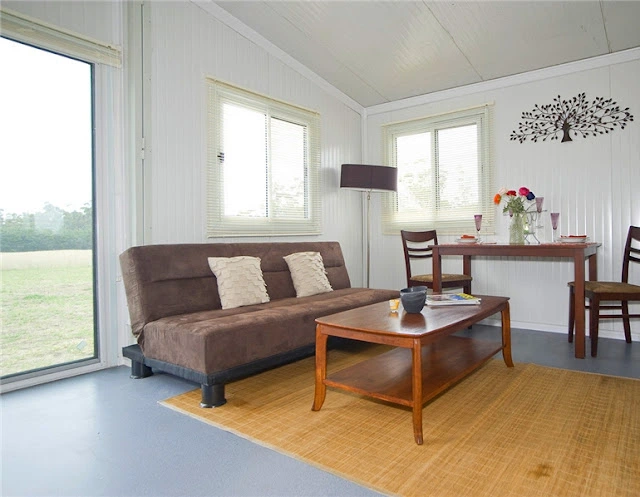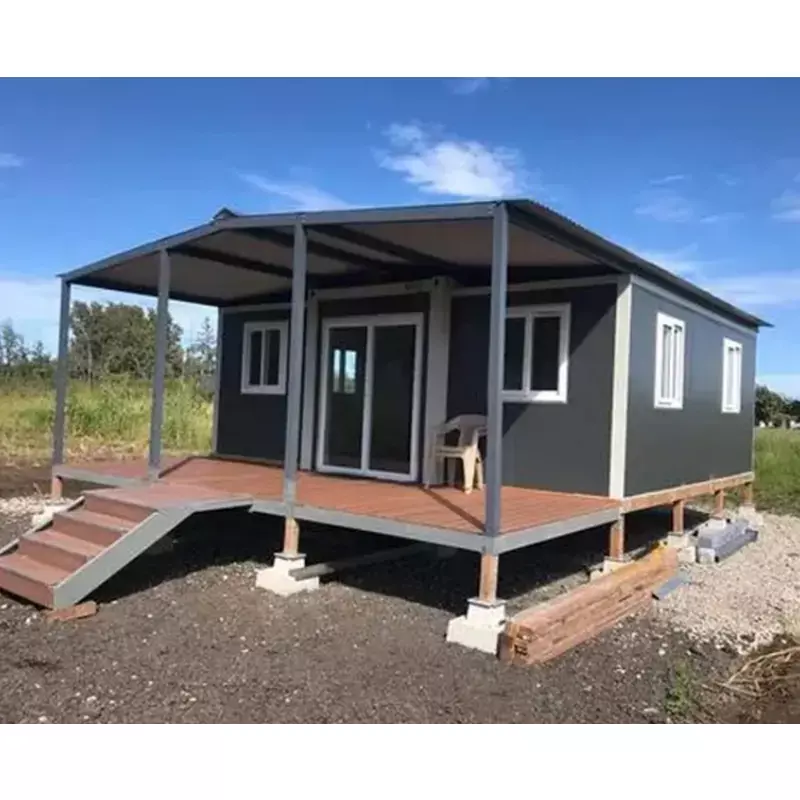Container houses have gained popularity for their versatility and sustainability. The interior of container house, including room layouts, furniture choices, and electrical systems. These elements come together to create functional and comfortable living spaces.
Room Layout:
Container house interiors are highly customizable, allowing for various room layouts. Open-concept designs create a sense of spaciousness, with the living, dining, and kitchen areas flowing seamlessly together. Cleverly designed partitions or walls can divide the space into separate rooms, such as bedrooms, bathrooms, and storage areas. The flexibility in layout design ensures that the available space is efficiently used to meet the homeowner’s specific needs.

Furniture Choices:
The choice of furniture is crucial in container houses due to limited space. Multi-functional furniture, such as sofa beds and fold-down tables, maximizes utility without sacrificing comfort. Compact dining sets and wall-mounted storage solutions help optimize space usage. Furniture with built-in storage compartments reduces clutter, keeping the living space organized and visually appealing.

Electrical Systems
Container houses are equipped with comprehensive electrical systems, providing all essential amenities. Furthermore, these systems frequently integrate advanced solar panels, actively harnessing renewable energy. These panels efficiently generate power for lighting, heating, cooling, and electrical appliances, significantly reducing reliance on the grid. Moreover, sophisticated energy management systems diligently monitor and optimize energy usage, ensuring a seamless and efficient distribution of electricity within the container house.
Lighting and Ventilation:
Well-placed windows and skylights allow natural light to flood the interior, creating a bright and welcoming atmosphere. Ventilation is achieved through strategically positioned vents and fans to maintain a comfortable indoor environment. LED lighting fixtures are energy-efficient and enhance the overall ambiance.

Insulation and Climate Control:
Maintaining a comfortable temperature inside container houses requires effective insulation, achieved through the use of high-quality materials that regulate both heat and cold. These materials ensure energy efficiency. Additionally, container houses employ climate control systems like mini-split air conditioners and efficient heaters to provide year-round comfort.
Safety Features:
Container houses come equipped with safety features such as smoke detectors, fire extinguishers, and security systems, which actively safeguard the well-being of occupants and shield the container house from potential risks.
Customization and Personalization:
One of the advantages of container houses is the ability to personalize the interior. Homeowners can choose finishes, color schemes, and decor elements that align with their tastes and preferences, making each container house a unique and inviting space.
The interior of container house stands as a testament to innovative design and sustainable living. Furthermore, thoughtful room layouts, the incorporation of space-saving furniture, and the integration of efficient electrical systems seamlessly combine to craft comfortable, functional, and eco-friendly living environments. In essence, container houses exemplify the modern approach to housing, placing strong emphasis on flexibility, sustainability, and personalization.
